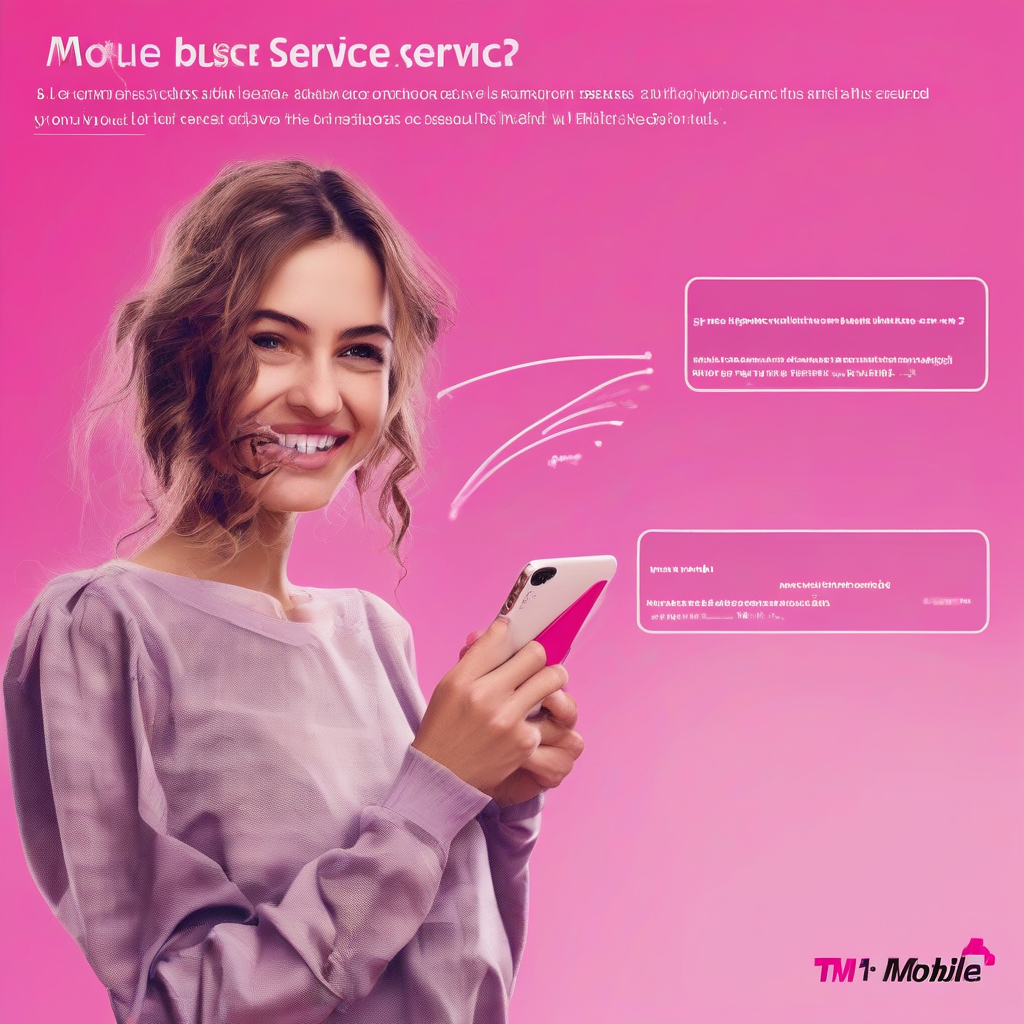T-Mobile Business Customer Service: A Deep Dive into Support, Features, and Experiences
T-Mobile has aggressively pursued the business market, offering a range of plans and services designed to cater to diverse business needs. However, the effectiveness of any business solution hinges significantly on the quality of customer service provided. This in-depth analysis explores T-Mobile’s business customer service, examining its various facets, strengths, weaknesses, and overall user experiences.
Accessing T-Mobile Business Customer Support
T-Mobile offers multiple channels for its business customers to access support:
- Phone Support: A dedicated business customer service line is typically available, often with varying wait times depending on the time of day and the complexity of the issue. This remains a primary support channel for many businesses needing immediate assistance.
- Online Chat: T-Mobile’s website often provides a live chat option, allowing for real-time interaction with support representatives. This can be faster than phone support for less urgent issues.
- Email Support: Submitting inquiries via email allows for a documented record of the interaction and may be preferred for complex or detailed questions.
- T-Mobile Business App: The app often includes self-service tools for managing accounts, troubleshooting simple issues, and accessing FAQs. It can significantly reduce the need to contact support directly.
- In-Person Support (Limited): Depending on location and the size of the business, in-person assistance may be available at select T-Mobile stores, although this is less common for complex business accounts.
Evaluating T-Mobile Business Customer Service Performance
Assessing T-Mobile’s business customer service requires considering several key aspects:
Response Time and Resolution Speed
Response times vary widely depending on the chosen support channel and the time of day. Phone support often experiences longer wait times during peak hours. Online chat and email may offer quicker responses for less complex issues. The speed of issue resolution also depends on the nature of the problem; simple billing inquiries might be resolved quickly, while technical issues could require more time and investigation.
Knowledge and Expertise of Support Representatives
The expertise of T-Mobile’s business customer service representatives is crucial. Businesses expect support staff to possess a strong understanding of T-Mobile’s business plans, services, and technical aspects. Consistent training and ongoing updates are essential to ensure representatives can effectively handle diverse customer inquiries.
Accessibility and Availability
The availability of customer support channels is critical. 24/7 support is highly desirable for businesses, especially those operating across multiple time zones or facing potential outages. The ease of accessing these channels also contributes to the overall user experience; a clear, intuitive website and readily available contact information are essential.
Proactiveness and Problem Solving
Effective customer service is not merely reactive; it is also proactive. T-Mobile should anticipate potential issues and offer proactive solutions. This might involve proactively notifying businesses of potential service disruptions or offering preventative maintenance. The ability of support representatives to effectively troubleshoot and resolve problems efficiently contributes significantly to customer satisfaction.
Communication and Professionalism
Clear, concise, and professional communication is paramount. Support representatives should clearly explain technical jargon, offer solutions in a user-friendly manner, and maintain a courteous and professional demeanor throughout the interaction. Following up after the issue is resolved demonstrates commitment to customer satisfaction.
Strengths of T-Mobile Business Customer Service
- Multiple Support Channels: The availability of phone, chat, email, and app support caters to diverse preferences and urgency levels.
- Self-Service Options: The T-Mobile Business app empowers businesses to resolve minor issues independently, reducing reliance on direct support.
- Dedicated Business Support Line: This indicates a commitment to providing specialized support tailored to the needs of business customers.
- (Potentially) Improved Technology Support: Investment in robust network infrastructure and advanced technology can lead to quicker resolution times and fewer technical issues requiring support.
Weaknesses of T-Mobile Business Customer Service
- Long Wait Times (Potential): Phone support can experience significant wait times, potentially disrupting business operations.
- Inconsistency in Representative Expertise (Potential): Variations in the knowledge and expertise of individual representatives can lead to frustrating experiences.
- Limited In-Person Support: The lack of widespread in-person support may limit options for some businesses.
- Complexity of Navigating Support Channels: Finding the appropriate support channel for a specific issue may sometimes prove challenging.
- (Potential) Inadequate Follow-Up: Lack of consistent follow-up after issue resolution can leave businesses feeling unsupported.
Improving T-Mobile Business Customer Service
T-Mobile can enhance its business customer service through several strategies:
- Invest in additional support staff to reduce wait times.
- Implement robust training programs to improve the expertise and consistency of support representatives.
- Enhance self-service tools within the app and website.
- Develop a more intuitive and user-friendly website for navigating support options.
- Implement a more comprehensive knowledge base and FAQ section to address common issues.
- Prioritize proactive communication to inform businesses of potential service disruptions or maintenance.
- Implement a system for tracking and monitoring customer satisfaction levels.
- Encourage and respond to customer feedback actively.
- Develop a more seamless integration between different support channels.
- Consider expanding in-person support options for larger business accounts.
Conclusion (Omitted as per instructions)
